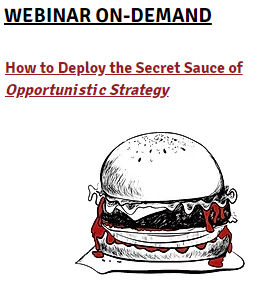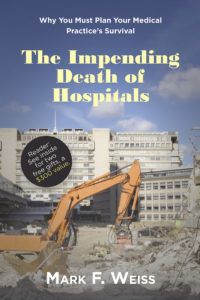According to Karen Teitelbaum, President and CEO of Sinai Health System, “all hospitals are looking at how to transform care delivery and responsibly allocate resources to address changing patient needs.”
But what if patients no longer need you, or, at least, not as much of you?
Well, for Sinai, and, in particular, its Holy Cross Hospital located in Chicago’s Marquette Park neighborhood, it means cutting the number of licensed beds from 264 to under 110, in addition to what’s being billed as a temporary suspension of OB/GYN services.
The moves are a tourniquet to staunch the loss of financial blood, more than $2,000,000.00 a month, from the facility.
Pursuant to the health system’s press release, Sinai is looking at creative opportunities to market and lease space at Holy Cross to other providers offering acute care services.
Perhaps that presents an interesting opportunity, but query how smart it is to hitch one’s future to a sinking ship, especially when freestanding alternatives divorced from health system bureaucracy and the regulatory issues of operating a for-profit venture within the realm of a not-for-profit facility abound. [Author’s note: I would normally refer to Holy Cross as a “non-taxpaying” venture, not a “not-for-profit,” but at a $2,000,000.00 a month loss, my guess is that “not-for-profit” is a better descriptor.]
Of course, miracles happen and perhaps Ms. Teitelbaum and her team will right the ship. I just wouldn’t bet on it.
The Holy Cross story, together with that of the incredibly shrinking hospital (three floors lopped off of a five story hospital), the story of the miniaturized hospital (865 beds to 70), and the story of the completely bedless hospital are simply stops along the way to what I describe as The Impending Death of Hospitals. If you haven’t yet read my book by that title, follow the link to download your complimentary copy, or visit Amazon to buy yours in print.
Some people refuse to read the news because it’s almost always bad, like the stories about the fate befalling hospitals. However, most bad news contains the kernel of opportunity for someone else. Why not make it for you?




